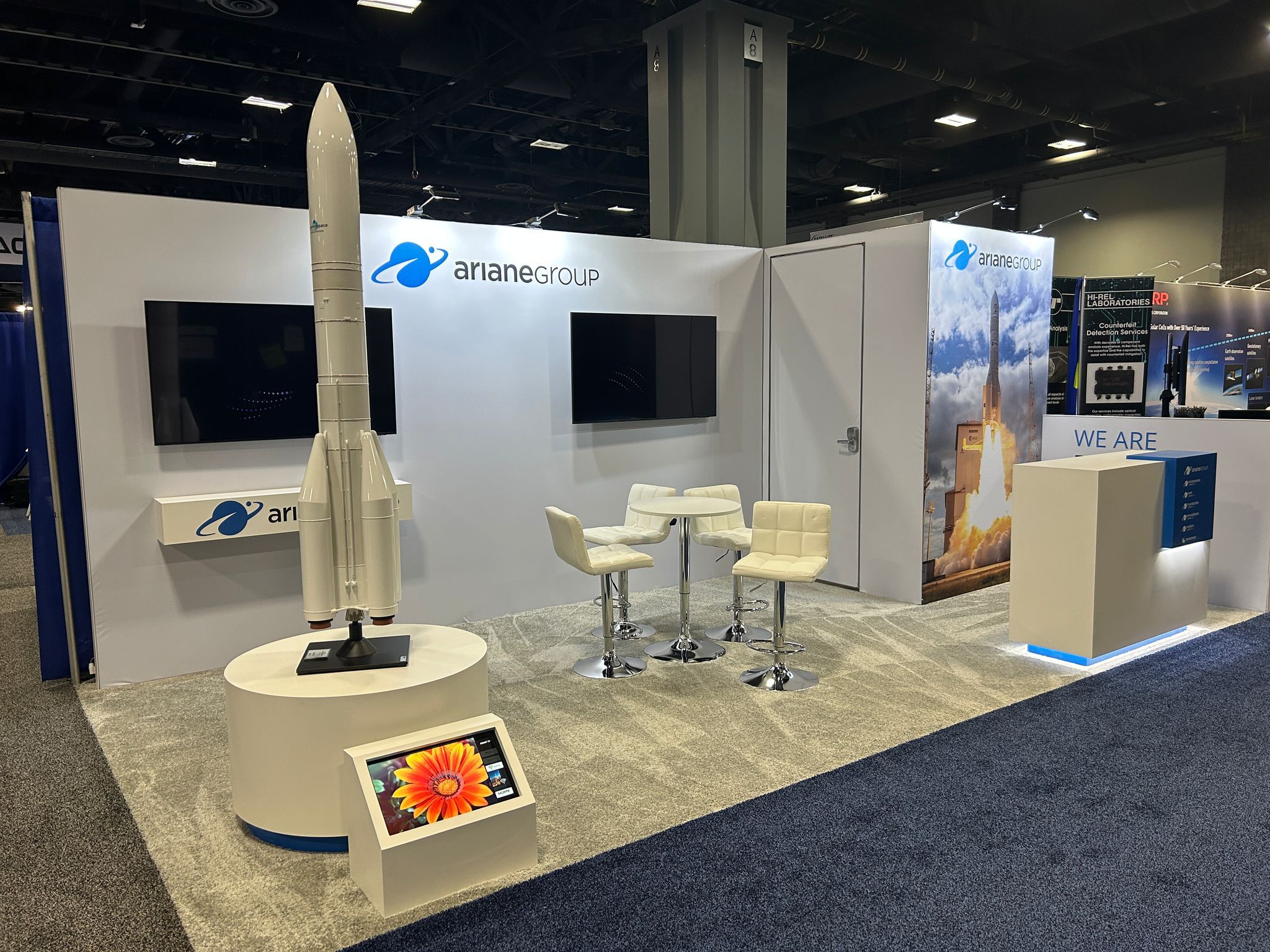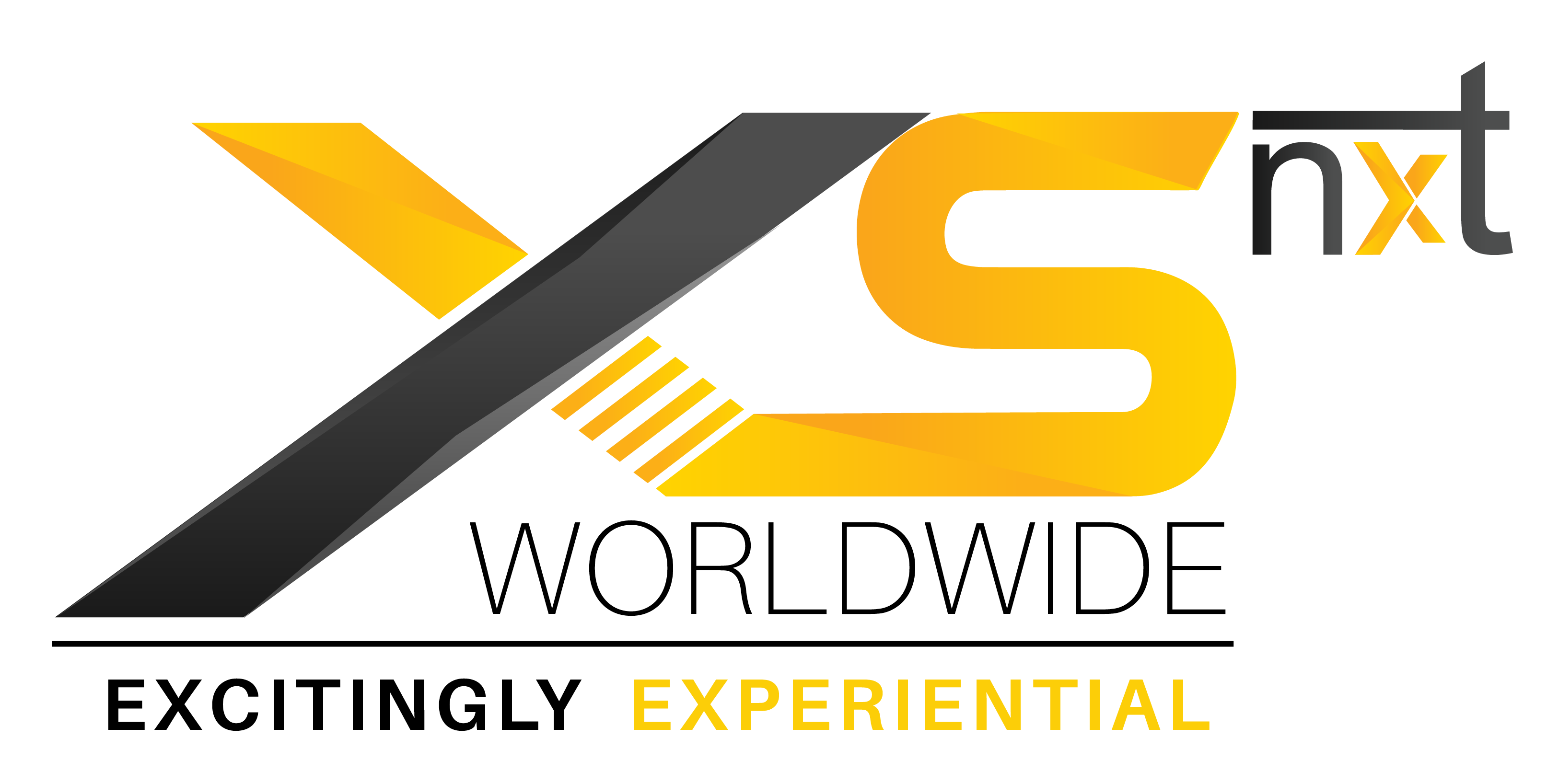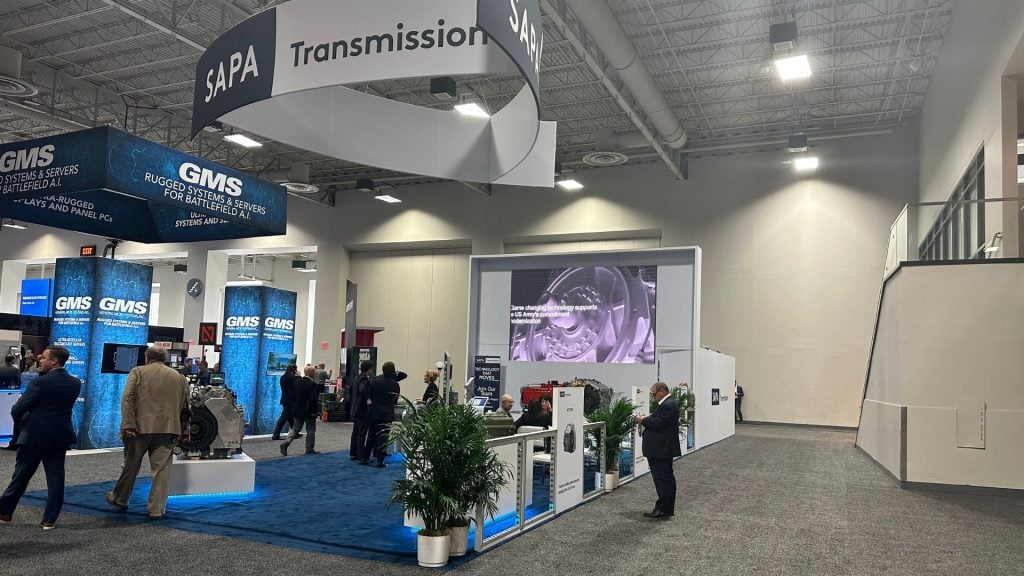
Introduction
The trade show industry is rapidly evolving, and exhibitors are looking for innovative ways to captivate audiences. One trend that’s gaining traction is the concept of pop-up experiences within trade show booths. These micro-events transform a standard booth into an interactive, memorable destination, combining the appeal of exclusivity with the power of experiential marketing.
In this blog, we’ll explore the rise of pop-up experiences, why they work, and how you can integrate them into your next trade show booth to stand out and create buzz.
What Are Pop-Up Experiences?
Pop-up experiences are temporary, themed installations or activities designed to engage attendees in a unique and immersive way. Unlike traditional booth setups, these experiences focus on creating moments that feel special and limited, making attendees more eager to participate.
Why Pop-Up Experiences Are Gaining Popularity?
- Creates FOMO (Fear of Missing Out):
The exclusivity and time-sensitive nature of pop-ups draw crowds and encourage immediate engagement. - Boosts Brand Interaction:
Pop-ups invite attendees to actively participate, whether through hands-on activities, demos, or gamified experiences. - Amplifies Social Media Buzz:
With shareable, Instagram-worthy setups, pop-ups are perfect for generating online chatter and extending your booth’s reach. - Provides Flexibility:
Pop-ups can be tailored to specific trade shows, audiences, or product launches, offering versatility in marketing strategies.
Types of Pop-Up Experiences for Trade Show Booths
- Interactive Workshops
- Host mini-workshops or tutorials that showcase your product’s functionality.
- Example: A beauty brand could offer quick make-up tutorials using their latest product line.
- Exclusive Product Drops
- Unveil a new product or feature available only at the trade show, with a countdown to build anticipation.
- Example: A tech company might launch a limited-edition gadget at their booth.
- Themed Photo Zones
- Create a visually stunning area where attendees can take photos, complete with your branding.
- Example: A travel company could design a tropical escape with props and backdrops.
- Pop-Up Cafés or Lounges
- Offer attendees a place to relax and network while subtly promoting your brand.
- Example: A coffee company could host a cozy corner where visitors can sample their brews.
- Immersive VR/AR Experiences
- Use virtual or augmented reality to transport attendees into a different environment tied to your brand.
- Example: A real estate company could offer VR tours of luxury properties.
- Live Performances or Demos
- Include live elements like musical acts, product demonstrations, or even interactive art.
- Example: A fitness brand might host live workout sessions with influencers.
How to Plan a Successful Pop-Up Experience
- Know Your Audience:
Understand the interests and preferences of your target audience to design an experience they’ll love. - Incorporate Brand Storytelling:
Ensure the pop-up aligns with your brand’s narrative and communicates your message effectively. - Focus on Design:
Use eye-catching visuals and layouts to make your pop-up stand out and attract foot traffic. - Leverage Technology:
Integrate QR codes, NFC technology, or gamification to enhance interactivity and gather attendee data. - Promote Ahead of Time:
Tease your pop-up experience on social media and through trade show marketing materials to generate buzz before the event. - Encourage Social Sharing:
Provide hashtags, photo ops, and branded giveaways to encourage attendees to share their experience online.
Examples of Successful Pop-Up Experiences
- Apple: Known for its minimalist pop-ups, Apple has created exclusive areas at trade shows for product demos, offering hands-on experiences with new devices.
- Nike: Nike’s pop-up booths often include interactive zones where attendees can customize sneakers in real time.
- Google: At CES, Google created pop-up smart homes that showcased how their products seamlessly integrate into daily life.
Measuring the Impact of Pop-Up Experiences
Evaluate the success of your pop-up through metrics such as:
- Foot Traffic: Measure the number of visitors who participated in the experience.
- Engagement Levels: Track how attendees interacted with your activity.
- Social Media Reach: Analyze hashtags, posts, and mentions tied to your pop-up.
- Lead Generation: Collect data from participants to gauge ROI.
The Future of Pop-Up Experiences at Trade Shows
As trade shows become more experience-driven, pop-ups are expected to grow in popularity. Future trends may include:
- Hybrid Pop-Ups: Combining in-person and virtual elements to engage a broader audience.
- AI-Personalized Experiences: Tailoring pop-ups to individual attendee preferences in real-time.
- Sustainable Pop-Ups: Using eco-friendly materials and designs to align with green initiatives.
Conclusion
Pop-up experiences are transforming trade show booths from static displays into dynamic hubs of engagement. By tapping into creativity and interactivity, brands can create memorable moments that resonate long after the event ends.
Ready to make your booth unforgettable? Think beyond the basics—think pop-up.


 Global
Global Europe
Europe

